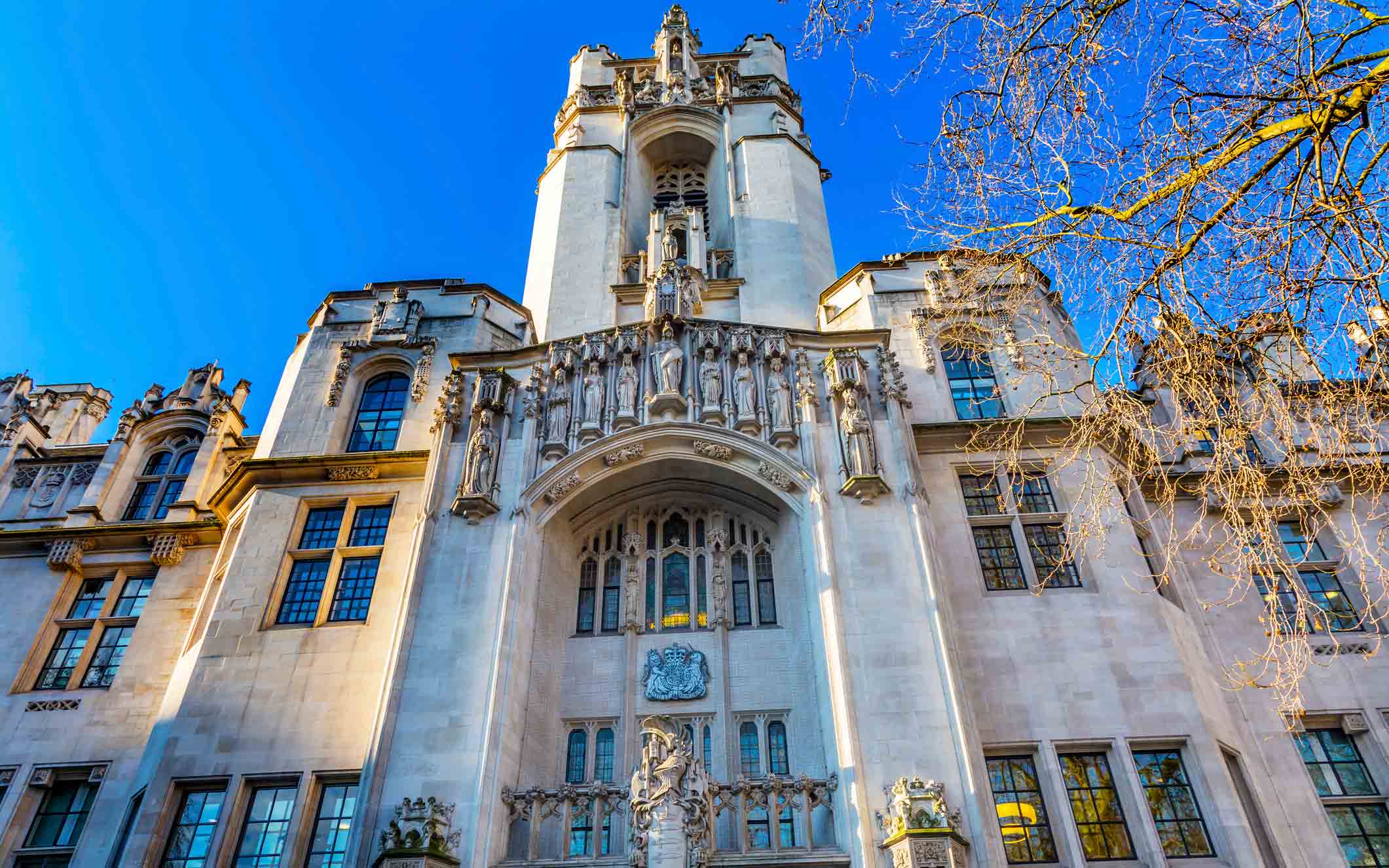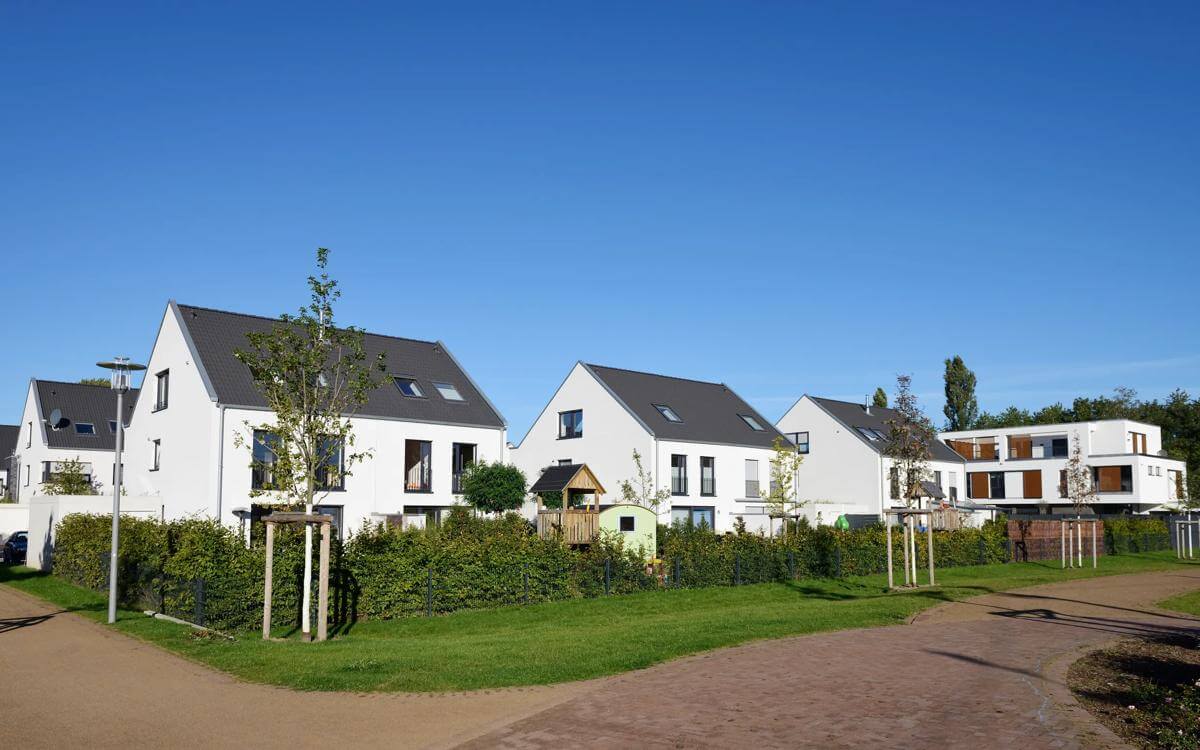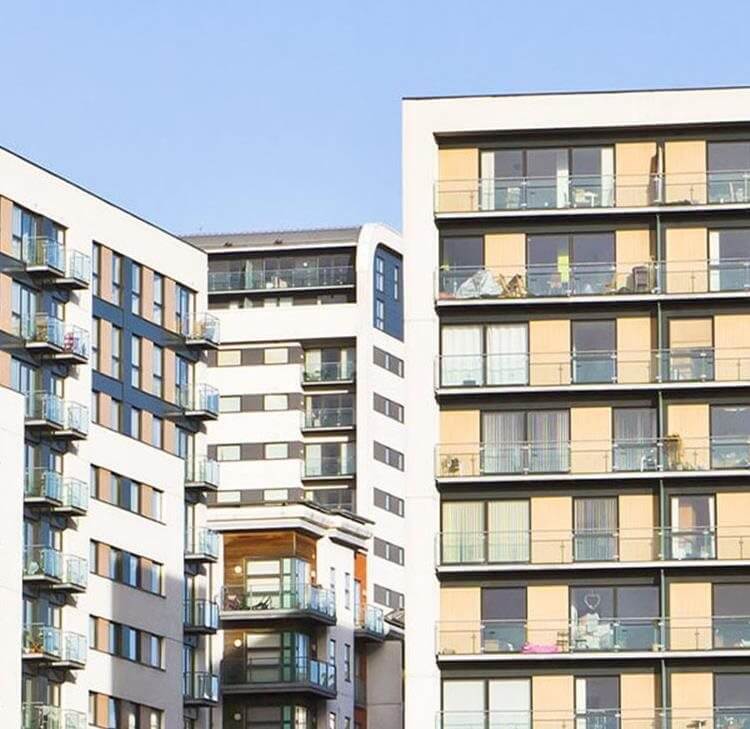On the 12th February it became mandatory for developers in England to deliver on biodiversity net gain (BNG) requirements under Schedule 7A of the Town and Country Planning Act 1990 (as inserted by Schedule 14 of the Environment Act 2021).
What is biodiversity net gain?
BNG is a concept relating to developments that aims to ensure that biodiversity in an area is increased. Developers will be required to ensure that the natural environment is left in a measurably better state than before the development began, with a BNG of 10%. This may be achieved by improving and maintaining existing habitats or creating new ones.
A habitat’s size, quality, location and type will all be taken into consideration to determine the area’s biodiversity units – which will provide the measure for BNG. These biodiversity units may then be lost during the development or gained through efforts to maintain or create habitats.
BNG can be achieved either onsite (at the development site itself), offsite or by the purchase of statutory biodiversity credits. Significant on-site gains and all off-site gains will require developers to maintain the habitats for a minimum of 30 years.
Failing to meet requirements may result in breaches of planning conditions/obligations or legal agreements and the Local Planning Authority may take enforcement action.
For more information about the requirements of BNG please see Biodiversity Net Gain (BNG): Are we ready for it?
How might biodiversity net gain impact insurers?
BNG could have a number of impacts for insurers.
When underwriting new developments, insurers may need to consider any risks associated with biodiversity loss or the BNG measures the project will be required to commit to. This may include considerations as to the long-term maintenance of the biodiversity and how this might impact the project and its risks.
BNG can also apply to re-development following insured damage. This may have implications for restoration clauses, as many policies build on a like for like basis, which would not currently take into account the 10% BNG required.
With BNG having the potential to increase building costs, insurers will need to ensure that they are prepared, to avoid being caught under these. Some existing policies do include additional covers for elements such as applying green factors or complying with local authority requirements. However, it will be important for insurers to check that clauses are clear on whether they wish to cover for BNG and consider whether existing measures are sufficient to achieve it, or whether updates to cover are required to meet the new requirements.
These updates may impact the overall cost of insurance, to account for the potential increased building costs associated with the extra considerations and implementation of BNG procedures or changes to risk. Premiums and cover may therefore need to be adjusted accordingly.
Contents
- Update: Further debates on the Automated Vehicles Bill in the House of Lords this month
- Insurance and the escalating situation in Suez Canal
- Welsh Government inks new regulations for Acupuncture, Body piercing, Electrolysis and Tattooing
- The regulators’ pet project
- FCA writes to MPs over car insurance premiums. What do increases mean for fraud?
- 80% of GAP market pause sales amid Consumer Duty concerns
- Parametric flood policies - Insurers no longer in uncharted waters?
- LockBit unlocked: International taskforce takes down major cyber criminal organisation
Key contact

Tim Johnson
Partner
tim.johnson@brownejacobson.com
+44 (0)115 976 6557









































